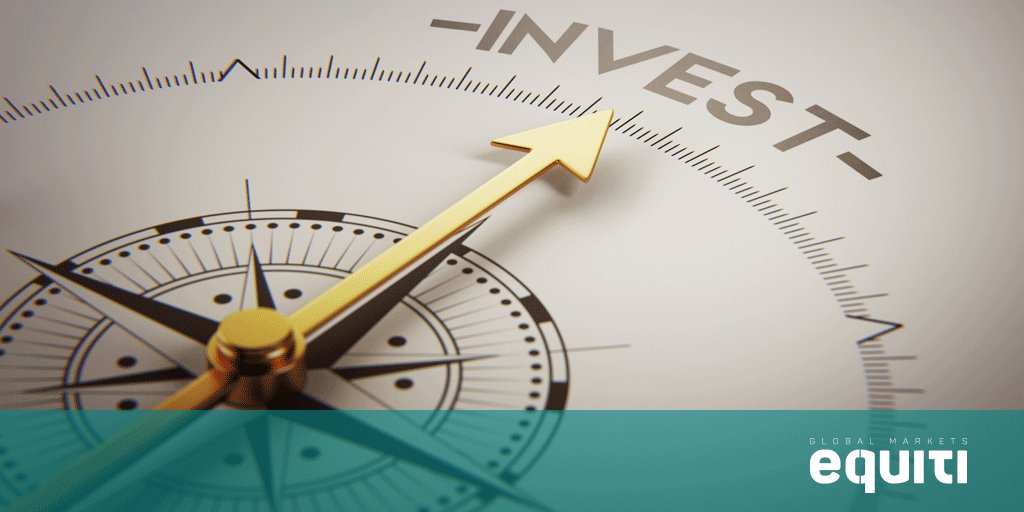At the end of last week’s trading, economic figures and events were released, which changes the shape of some assets and its trends over the next two months.
ECB Extends Bond Buying

The Euro had the worst day against the US Dollar in 16 months, as the European Central Bank decided to extend its bond purchases well into 2018, diminishing the chances the ECB would raise interest rates next year.
The ECB decided to extend its bond buying by nine months to September 2018 and left the door open to keep buying after that. However, the bank said it will behind paring its monthly purchases by half to 30 billion euros starting in January.
Overall, the ECB was clearly more dovish than markets had been expecting. However, this is actually to avoid pushing the Euro higher after this year’s rally.
The ECB decision came five weeks after the Federal Reserve announced its plan to shrink its $4.5 trillion balance sheet that had ballooned from three rounds of QE.
With the Federal Reserve shrinking its balance sheet, while the ECB will resume tapering in January, the Euro is likely to remain under pressure over the next few months.
EURUSD Bearish Outlook

From a technical analysis point of view, the Euro confirmed a bearish head and shoulder pattern on the daily chart after closing last week below its neckline.
In the meantime, the Euro retraced by 50% from this year’s high to Friday’s low. With the head and shoulder patter confirmation, another leg lower is highly possible toward 61.8% which stands at 1.1496 followed by 1.1330’s which represents its 78.6% Fibo.
US GDP Growth Rate at 3% in Q3, Beats Forecasts

The US economy expanded an annualized 3 percent on quarter in the third quarter of 2017, beating expectations of 2.5 percent and only slightly below 3.1 percent reported in the previous quarter which was the strongest growth rate since the first three months of 2015.
Positive contributions from personal consumption expenditures (PCE), private inventory investment, nonresidential fixed investment, exports, and federal government spending were partly offset by negative contributions from residential fixed investment and state and local government spending.
GDP Growth Rate in the United States averaged 3.22 percent from 1947 until 2017, reaching an all time high of 16.90 percent in the first quarter of 1950 and a record low of -10 percent in the first quarter of 1958.
USD Index Inverted Head & Shoulders Confirmed

The US Dollar Index has confirmed a bullish patter on the daily chart, which increases the estimates for further gains ahead.
An inverted head and shoulder is already in place, after breaking its neckline, following the ECB decision. Moreover, the index is now trading between 50% and 61.8% Fibo retracement from the recent leg lower as shown on the chart, which stands between 94.47 and 95.25, which should be watched carefully.
A break of which should keep the possibility for further gains, possibly toward 96.43 which represents its 78.6% Fibo retracement.
Major Announcements This Week
Despite these events, traders should always keep an eye on the upcoming events, which may also change the current outlook.
We will be waiting the Federal Reserve decision later this week, in addition to the long waited announcement by the US President Donald Trump about his decision regarding the next Federal Reserve chair.
Edited by:
Nour Eldeen Al-Hammoury
Market Analyst
